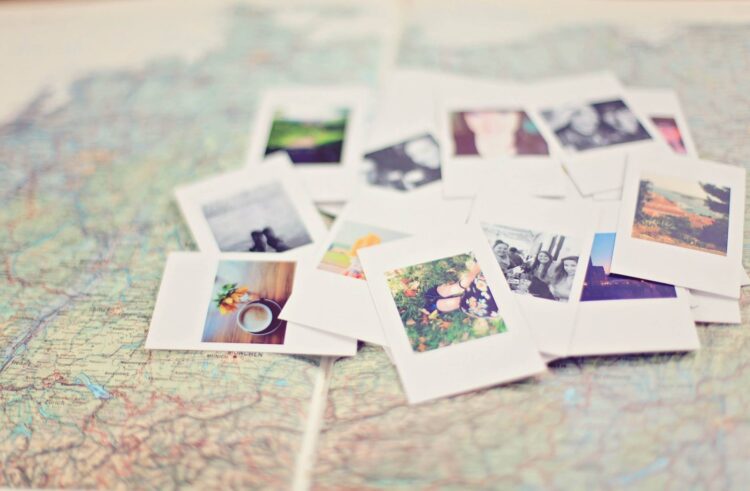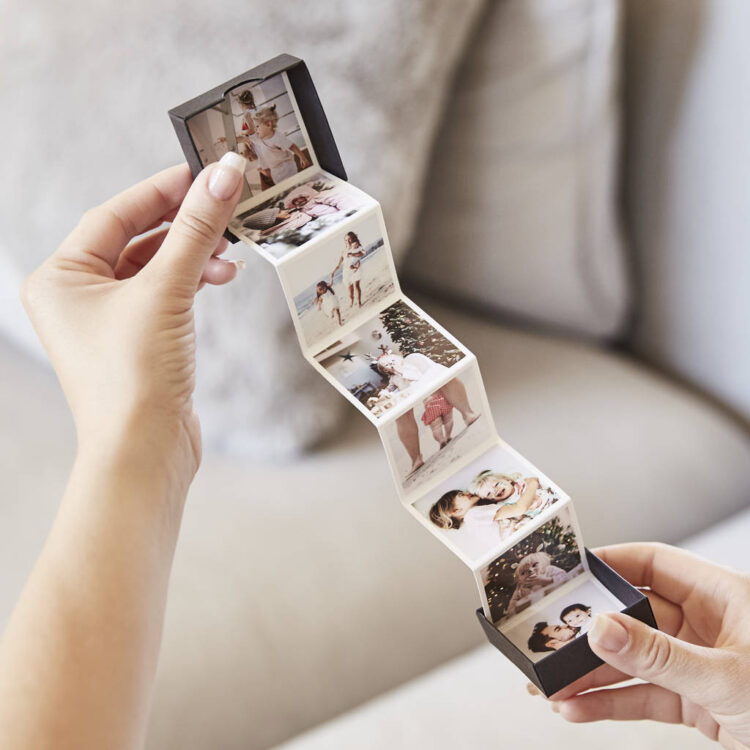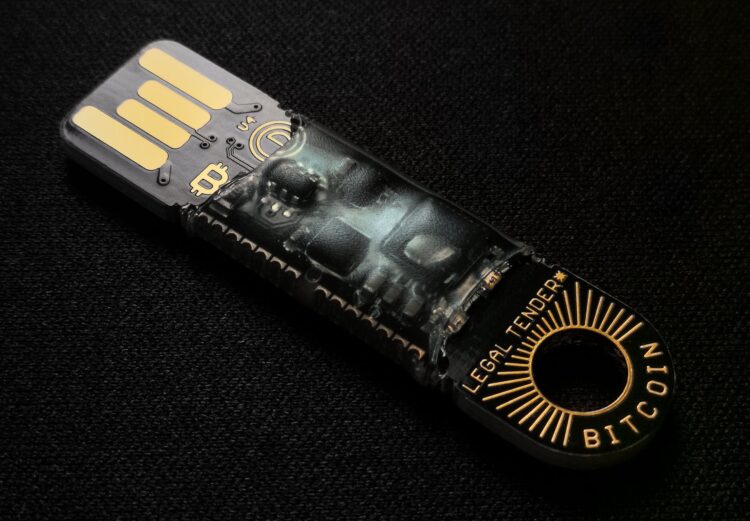There is nothing more important than the time spent with your loving family. Those memories are for a lifetime and can never be erased from your memory. Even when you’ll be old, you will always remember the great times of comfort and happiness that you had with the people you love the most.
We all remember the time when the number of photographs you can take was limited and we were using them really smart, storing the pictures in well-known albums and photo-frames, that still can be found in nearly everyone’s home. These albums and frames take an important part of our lives, making us remember the time we had at that one special vacation or the great family picnic many years ago.
Nowadays, we can take an unlimited number of pictures with our digital cameras and cell-phone cameras and store them on HDD, USB or a cloud drive.
Depending on what you use to take pictures, you have a few options on how to transfer them to your computer, and aguideproduct.com suggests to use WiFi inspection cameras for fast transfer speed, which is very useful when you have a lot of photographs on your device or SD card.
Very often, we forgot to organize our digital memories, so they can end up in many folders, CDs, SD cards, USBs and hard drives, that can easily be lost in our home. But, here are a few suggestions that can be very useful for photo organizing.
Name the photos and folders

After you transfer your photos to your computer, take a little time to name them. Remember that many of our hard-copy photographs have informational data written on the other side. Our parents and grandparents were smart enough to write important information, so you can do it even easier. Don’t wait to hoard a lot of photos, because it’s easier to name them all when there are not too many files. You can also separate them in folders, for easier access.
Use subfolders
After you named the photographs, you can separate them in folders and subfolders. For example, put the landscapes and scenery photos in a folder named “Nature”, portraits in a “Portraits” folder, group photos in the third folder and so on. Choose the organizing criteria that fit your needs and start doing it today, so you won’t lose the track and pile up a lot of files that you’ll forget weeks later.
Delete the duplicates

You don’t need a lot of similar photos. Choose only those who are worth keeping them. Delete the low-quality photos, because you don’t need them. Keep those that are important to you and your family, and that will make you remember that day with a great big smile on your face.
Label the folders

You can use organizing software or a digital photo library that allows you to label and categorize all of the photos. It’s the same idea as hashtags on social media. You only need to choose your criteria and keep organizing the photos following your own rules and labels. Many of this software can suggest you some types of storing, by recognizing faces and places. The technology is really helpful and can do this job for you if you don’t want to spend a lot of time on that.
Separate them by favorites
There is nothing bad to have favorite photos and less favorite ones. These criteria will help you decide what photos to delete. You just need to be honest with yourself and think if you need THAT photo. If it’s hard for you to decide, you can separate them into different folders and wait some time. After a few days, it will be easier to decide which photos to keep and which shots are important and relevant for you and your family. Consider turning your favorite photo into a portrait painting. Click here to learn more.
Create a backup

You don’t want to lose your important memories, so you should take care that you have a reserve backup if something happens to your computer or USB drive. We all know that all devices have limited memory, and you have to use it smartly. Choose the most important photos and folders and transfer them to your USB. You can also upload some of the photos on a cloud drive, and to save them to a hard disc. If you want, you can get real copies of your most important photos and keep them in an album or put them in a frame. It’s always a good idea to keep a few copies because people often lose their phones and USBs with many sentimental data and files.
What do I need to store my photos?

For printed photos, you will need photo albums, frames, boxes, and also specialized boxes for films, that will keep the film healthy if you decide to develop the photos again.
But when it comes to digital photos, you need to keep your old cell-phones until you transfer all the files to the computer. This step is really important if you need to reset the phone. Don’t be afraid to buy a more expensive and high-quality hard disc drive, so you can be sure that it will save all of your photos forever.
Think about where you have all of your photos and gather all CDs, DVDs, SD cards, USB drives, and other devices, and start transferring the files to one place. It may take a lot of time, but all of these photos are a visual memory of the great times you had on your family vacation.
Remember, memories are the most important thing we have. Sometimes, we may forget something happened, but our photos are here to help us recall these memories. Just like you loved to look at your grandparents’ old photo albums, your grandchildren will love it too. So, think about them now, because the memories of the family are precious. Be organized and don’t forget to label all of these photos, so they can know what they are looking at.
 Hi Boox Popular Magazine 2024
Hi Boox Popular Magazine 2024



